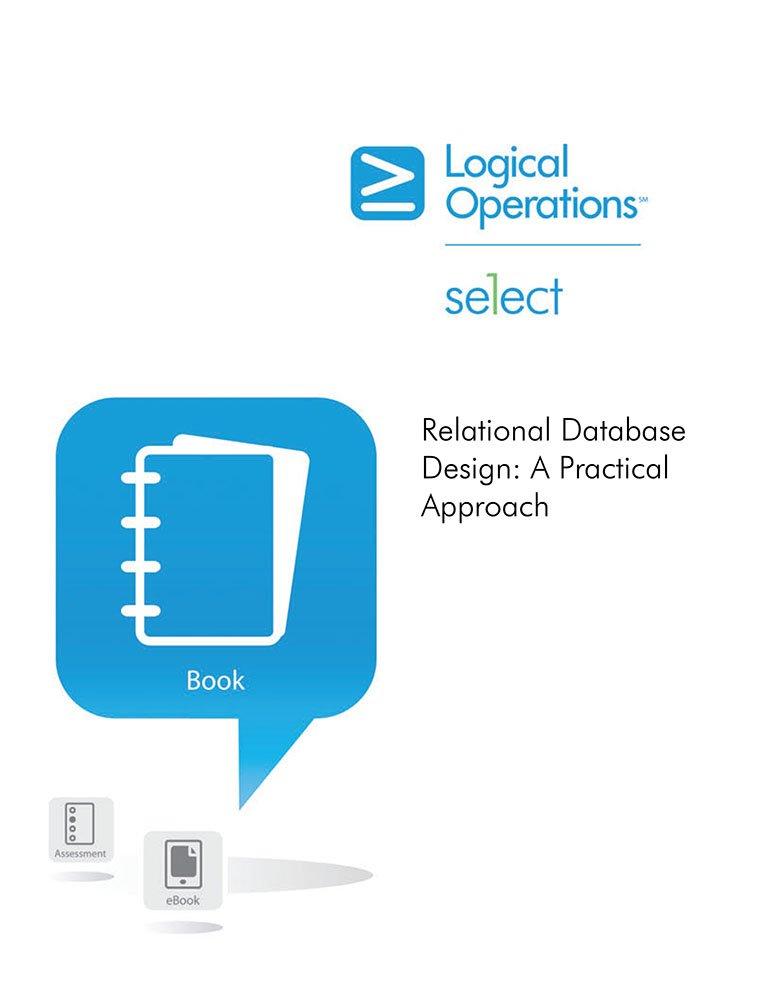Answered step by step
Verified Expert Solution
Question
1 Approved Answer
Q3. 5 Points (T/F Questions) In each of the following questions, mark T if it is always true. In this case, no explanation is needed.

Step by Step Solution
There are 3 Steps involved in it
Step: 1

Get Instant Access to Expert-Tailored Solutions
See step-by-step solutions with expert insights and AI powered tools for academic success
Step: 2

Step: 3

Ace Your Homework with AI
Get the answers you need in no time with our AI-driven, step-by-step assistance
Get Started


